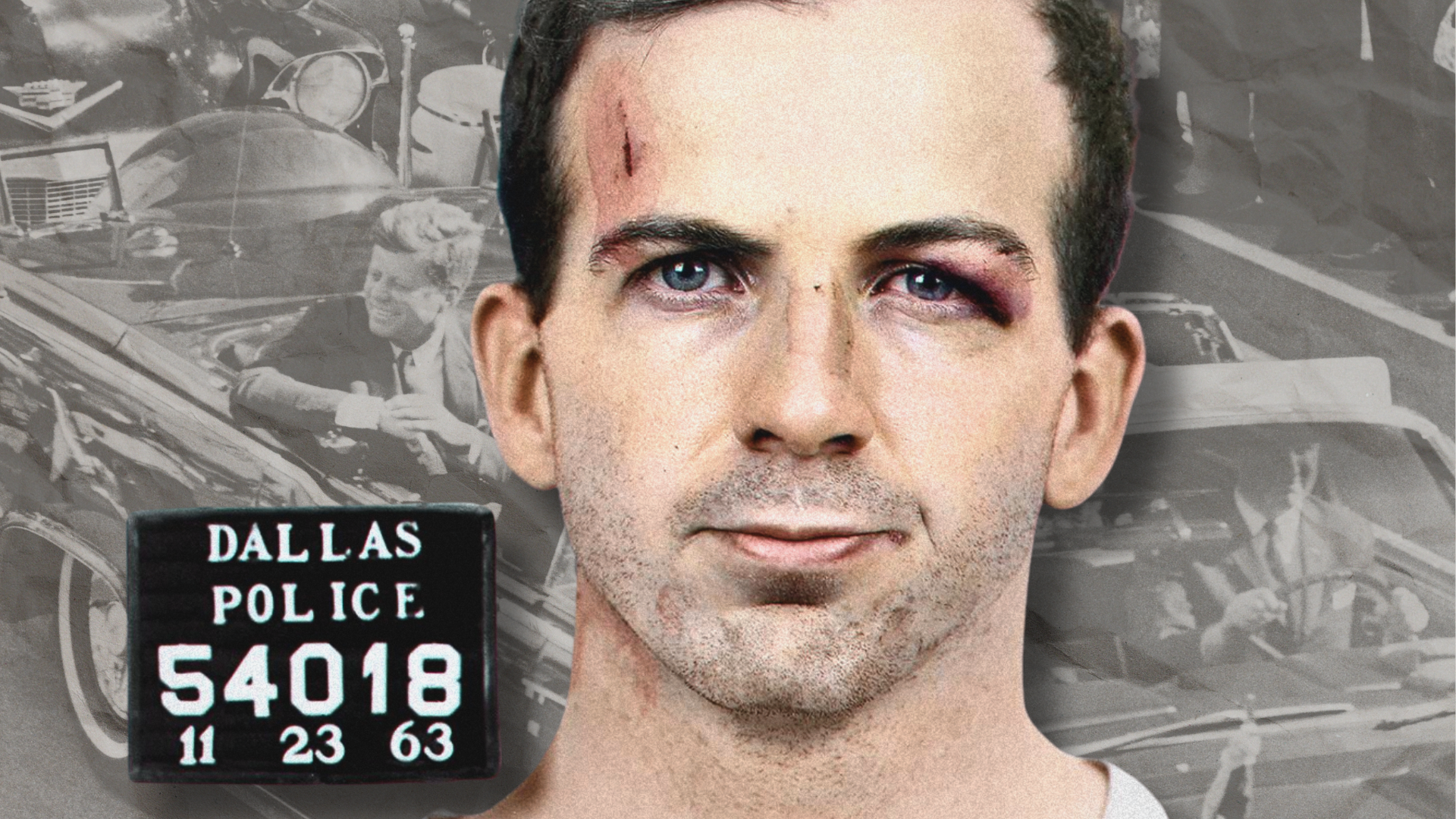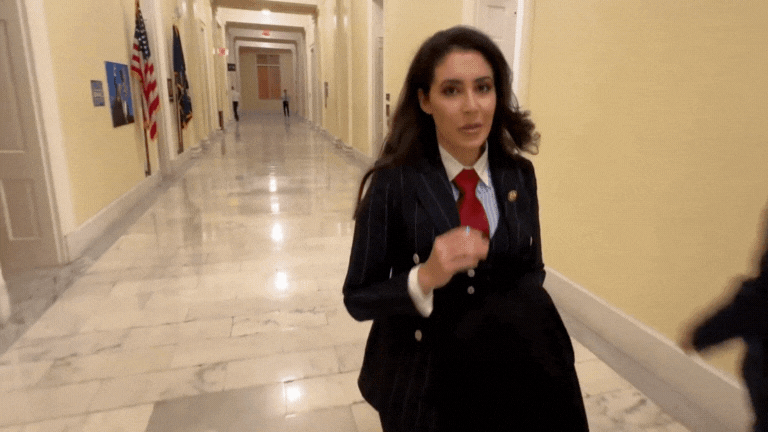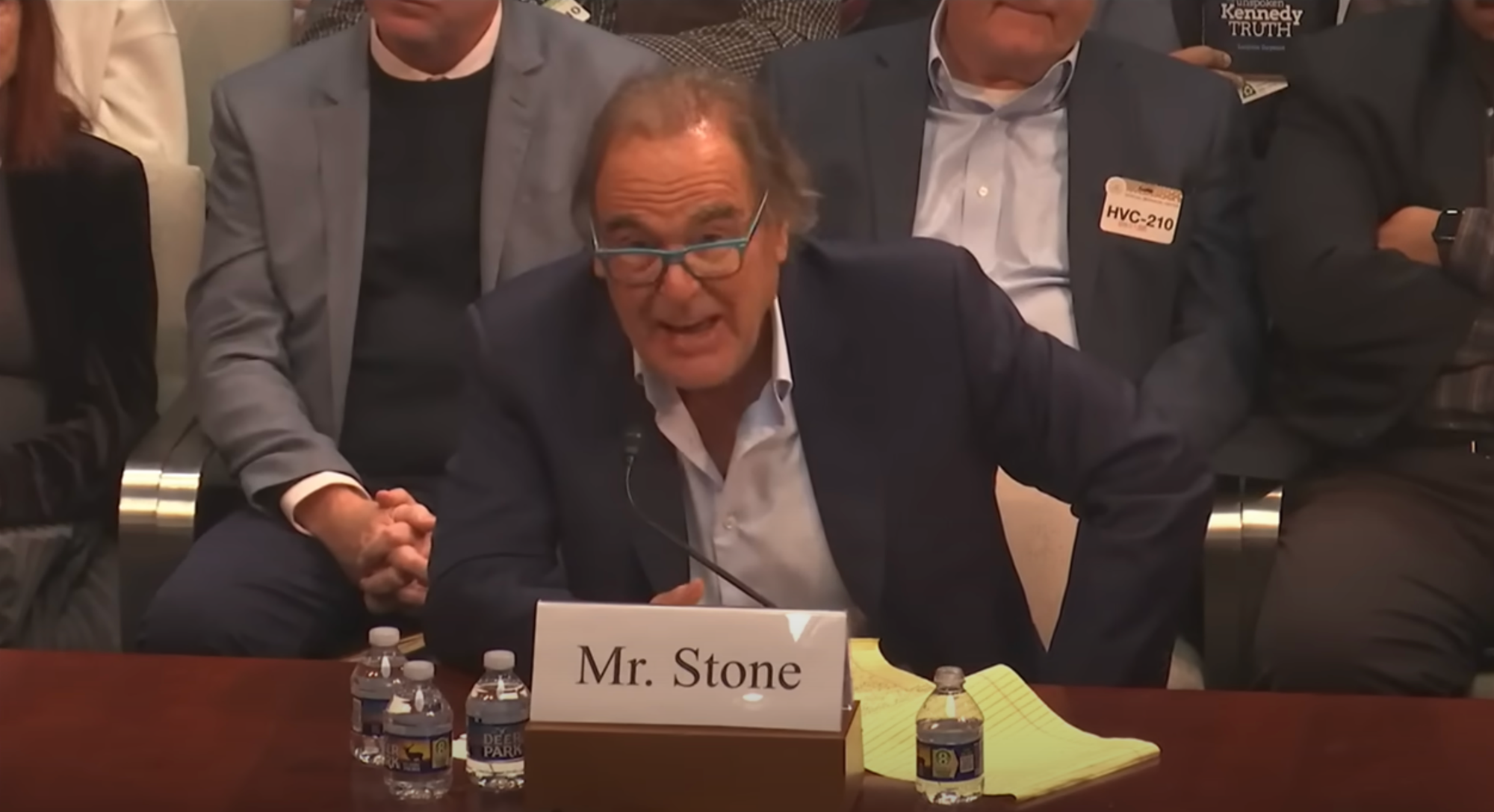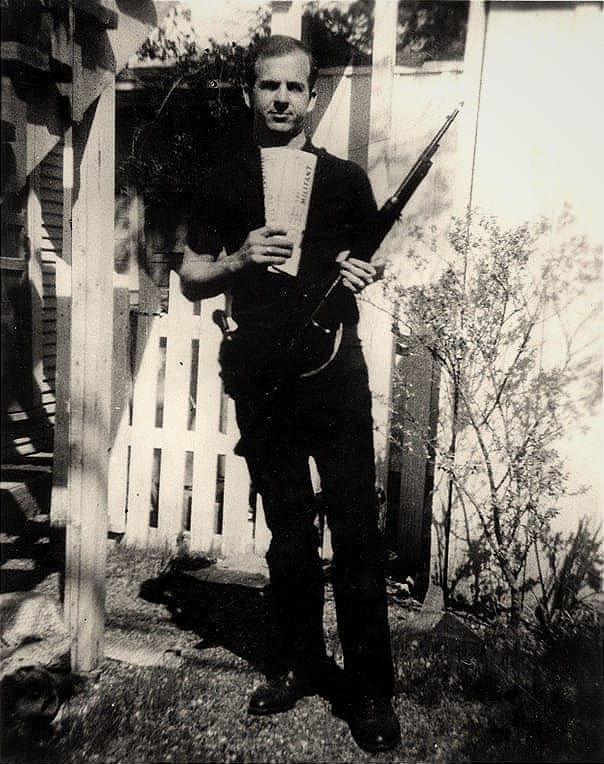The CIA, JFK, and the Fiction Factory: The Illusion of a Smoking Gun

In an era of intense political polarization and weaponized narratives, there always seems to be a conspiracy du jour. From claims of a COVID-19 “plandemic” to endless speculation about Jeffrey Epstein, the frenzy often overshadows the enduring mother of all conspiracies: the assassination of President John F. Kennedy.
That narrative has recently gained new life—not from an academic historian or investigative reporter, but from Florida Congresswoman Anna Paulina Luna, a MAGA-aligned freshman who now chairs an Oversight Committee investigation into JFK’s murder.

Luna had made up her mind long before the hearings. She declared publicly that Lee Harvey Oswald was “a patsy” and that “multiple shooters” were involved. On the eve of her committee’s first hearing, she posted on X: “This document confirms the CIA rejected the lone gun theory in the weeks after the JFK assassination. It's called the Donald Heath memo.”
The memo she cited does not contain a repudiation of the lone gunman theory.
Except—it doesn’t. The memo she cited does not contain a repudiation of the lone gunman theory. Rather, it documents a CIA directive to Donald Heath, an operative in Miami, to investigate possible links between Cuban exiles and the assassination. At that time, many groups were considered potential suspects: Castro’s Cuba, anti-Castro exiles angered by Kennedy’s perceived betrayal at the Bay of Pigs, and even the KGB.
The recent congressional hearings featured only voices that supported Rep. Luna’s preordained narrative—including filmmaker Oliver Stone. Absent were credible historians, forensic experts, or intelligence analysts who could challenge her assumptions.

Driving Luna’s outlook is a deep mistrust of government—specifically, the CIA and other intelligence agencies. This distrust now finds mainstream political expression. It’s not merely a suspicion that the CIA has made serious errors (as it did with 9/11 or WMDs in Iraq). It is a conviction that these agencies are not just incompetent but malevolent, actively working against the American public and its elected leaders.
What more damning proof, they ask, than the claim that the CIA orchestrated the assassination of a sitting U.S. president?
Hungry for scoops, legacy media too often elevate unvetted conspiracy theories. One need look no further than the Washington Post.
This fringe narrative might have remained at the margins if not for mainstream amplification. Hungry for scoops, legacy media too often elevate unvetted conspiracy theories. One need look no further than the Washington Post’s recent front-page headline: “Documents Show CIA had Connection with JFK’s Assassin.”
It was explosive, attention-grabbing—and profoundly misleading.
The Post story centered on newly released CIA documents obtained by Luna’s committee. They concerned George Joannides, a CIA officer who, in 1963, directed and funded the Miami chapter of the Directorio Revolucionario Estudiantil (DRE), an anti-Castro exile group. Luna deserves credit for pressuring the CIA to release those files. I, along with authors like Norman Mailer, Anthony Summers, and Jefferson Morley, signed a 2003 open letter calling for the release of Joannides’ records.
I never knew what the Joannides files might reveal but I am instinctively in favor of government transparency. The CIA’s concealment surrounding Joannides has been especially exasperating. As we noted in our 2003 open letter, “In 1978, Joannides was called out of retirement to serve as the agency’s liaison to the House Select Committee on Assassinations.” Neither the CIA nor Joannides disclosed his 1963 role with the Miami DRE.
Did the CIA fail to disclose Joannides’ background because of institutional unwillingness to reveal the past activities of retired Cold War covert officers? Or, as conspiracy theorists contend, was it because Joannides was centrally involved in a covert intelligence operation involving Oswald?
The Post story answers those questions by uncritically outlining a conspiracy.
The Post story answers those questions by uncritically outlining a conspiracy: Joannides ran an operation that somehow “interacted” with Lee Harvey Oswald before the assassination. In short, the story suggests that the CIA might have been aware of, or even complicit in, the president’s murder.
But here’s the catch: the released documents do no such thing.
The Joannides file contains no smoking gun, no reference to Oswald, and no evidence of any pre-assassination contact between the CIA and JFK’s killer.
So how did we get from a mundane CIA personnel file to a banner headline linking the agency to Kennedy’s assassin?
The answer lies partly with Jefferson Morley, a journalist-turned-conspiracy-entrepreneur who runs the monetized Substack blog “JFK Facts.” Morley has spent decades constructing a theory in which Joannides is the linchpin of a CIA plot. And now, even in the face of new files that disprove his narrative, Morley doubles down, reinterpreting every mundane detail as further evidence of some hidden conspiracy.
The core of the Post story relies on a single dubious claim.
The core of the Post story relies on a single dubious claim: that in 1963, a young Cuban exile named Jose Antonio Lanuza received a two-page handwritten letter from Oswald offering to help the anti-Castro group train for military operations. Lanuza now claims he turned this letter over to the FBI.

Trouble is the letter doesn’t exist. No copy has surfaced in FBI, CIA, or Warren Commission files. And this is not a minor oversight. Lanuza was previously interviewed by the FBI in 1963 and again in 1967, and later by the House Select Committee on Assassinations (HSCA) in 1978. Not once in those interviews did he mention any contact with Oswald or any letter. Moreover, when the HSCA recorded in its interview with Lanuza, he said the DRE recognized Oswald’s name only after the assassination.
The article treats Lanuza’s decades-later recollection as breaking news.
This inconsistency alone should have raised alarms at the Post. But instead, the article treats Lanuza’s decades-later recollection as breaking news and omits any mention of his contradictory, contemporaneous statements to investigators.
The article also noted that Joannides used an alias “Howard Gebler.” That, too, is not new. The use of “Howard” as a cover name was publicly known as far back as the 1970s and referenced by DRE members and researchers. It was also raised by the JFK Assassination Records Review Board in the 1990s. The surname “Gebler”—linked to a driver’s license—was confirmed in the Joannides’ personnel file. That is a detail, not a new revelation of the alias itself. It was operational practice for CIA operatives in Miami during the Cold War (particularly in operations targeting Cuba) to use aliases and supporting documents like fake IDs. Issuing operatives cover credentials, such as driver’s licenses or employment documents, was common tradecraft.
So, what is the Post’s “connection” between Joannides and Oswald? It is this: Oswald clashed publicly with Carlos Bringuier, a DRE activist in New Orleans in August 1963. I interviewed Bringuier at length in 1992 for Case Closed. That altercation, and a subsequent radio debate, are part of the historical record. But there is no indication Joannides—or anyone in the Miami DRE—was aware of it at the time.
Lanuza told the HSCA in 1978 that it was only after JFK’s assassination that they learned of and retrieved Bringuier’s information about Oswald.
Whatever credit Rep. Luna deserves for pushing document disclosure is eclipsed by her rush to promote disproven conspiracies.
Still, Rep. Luna has seized on the Joannides’ file as validation of her theory that Oswald was innocent and that there were multiple assassins. Whatever credit she deserves for pushing document disclosure is eclipsed by her rush to promote disproven conspiracies.
In the real world of verifiable evidence and forensic science, Oswald was the lone gunman. He bought the rifle. His fingerprints were on it. He shot and killed a police officer after fleeing the scene. He acted on radical, personal motives. These facts have been reaffirmed by every credible investigation over the past six decades.
Why does it matter that the Washington Post and a first term congresswomen get this story so wrong?
Reckless headlines and conspiracy-chasing politicians corrode public understanding.
Because in an era in which truth competes with viral distortion and algorithmic mistrust, institutions—both journalistic and governmental—have a higher duty. Reckless headlines and conspiracy-chasing politicians corrode public understanding. They reinforce the corrosive belief that nothing is real and everything is spin.
The CIA is not above criticism, and it deserves scrutiny. Its legacy of secrecy and misdirection, especially in the Kennedy case, helped create fertile ground for conspiracies. But conflating bureaucratic opacity with murder is not just wrong—it’s dangerous.
The Joannides file, far from proving CIA complicity, confirms what researchers like me have argued for decades: that the agency’s real crime was institutional self-protection, not presidential assassination.
Let’s be clear: There was no “Oswald operation.” There was no covert plot. And despite the breathless headlines, there was no CIA connection to the assassin.
It’s time to close the case—not with myth, but with fact.